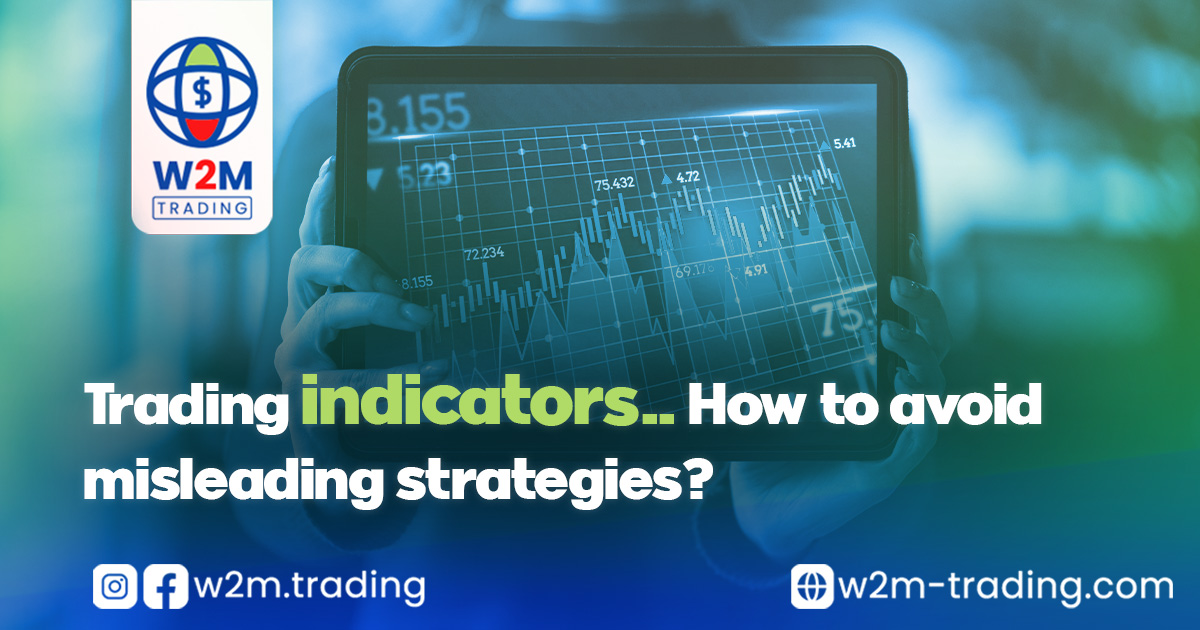- Attractive Education
- Beginner to Advance
- Flexible Timing

Trading in financial markets is an exciting field that attracts many people aiming to make profits. One of the key tools that traders rely on to determine market movements is trading indicators, which are mathematical tools used to analyze market price data. However, with the abundance of indicators available online, some may be misleading or inaccurate, leading to poor decision-making. In this article, we will explore the most effective types of indicators, how traders can distinguish between effective and traditional indicators, and how to avoid deceptive strategies that could result in significant losses.
What Are Trading Indicators?
Trading indicators are analysis tools used to help traders identify the general trends in financial markets. This type of analysis relies on historical price data, such as price movements and trading volumes, to spot potential opportunities in the market. Indicators are an essential part of technical analysis, which aims to study patterns and trends in prices. Traders use these indicators to determine market direction, whether it’s up or down, and to discover points where the market may experience sharp changes. These indicators include many types such as moving averages, Relative Strength Index (RSI), Stochastic Oscillator, and others.
Basic Types of Trading Indicators:
These indicators rely solely on analyzing market movements, without needing to analyze economic news or the fundamental data of companies. Some of the most prominent technical indicators are:
These indicators rely on the fundamental analysis of the market, studying the economic factors that influence market movements such as interest rates, unemployment reports, inflation data, etc. Traders use these indicators to identify long-term investment opportunities.
How to Distinguish Between Effective and Deceptive Indicators?
There is no shortage of indicators promoted on the internet, but this doesn’t mean all of them are effective. In fact, many deceptive indicators promise traders huge profits quickly but fail to provide an accurate market analysis. Here’s how traders can distinguish between effective and misleading indicators:
Risks of Using Deceptive Indicators in Trading:
Using deceptive indicators can lead to adverse outcomes, putting the trader in a frustrating position that can result in significant losses. The main reason for this is that these indicators often manipulate human emotions by promising huge profits without risks.
Top Strategies Using Effective Indicators:
Should You Rely Solely on Trading Indicators?
While indicators help traders make informed decisions, they should not be relied upon exclusively. Financial markets are complex and volatile, so trading indicators should be integrated with other strategies, such as fundamental analysis, economic forecasts, and relevant data analysis like economic news and political events.
In conclusion, traders should recognize that trading indicators are merely tools within a set of tools used to make investment decisions. They need to be cautious when choosing indicators and avoid those that promise unrealistic outcomes. If you want to benefit from trading indicators effectively, ensure you use tools that have been tested and proven to work over time.
To learn more about trading indicators and how to use them correctly, watch the video through here
Also, stay updated on everything related to trading through the “Teaching Trading for Beginners” series on our YouTube channel here
This site is protected by reCAPTCHA and the Google
Privacy Policy and
Terms of Service apply.